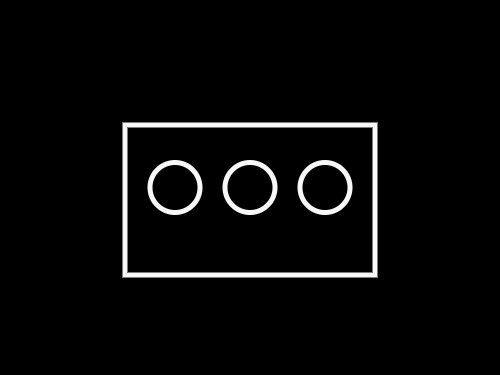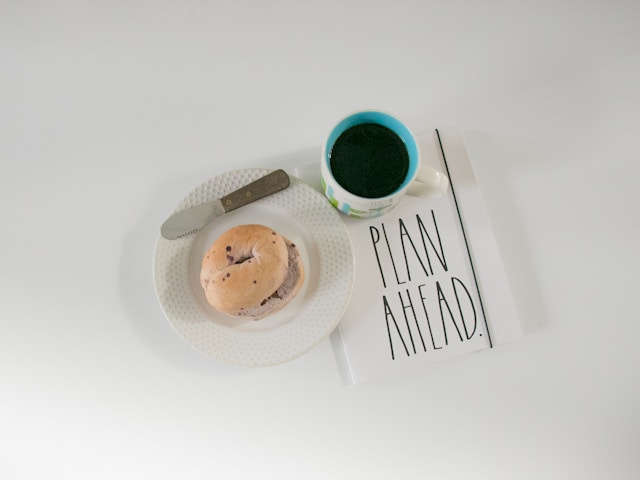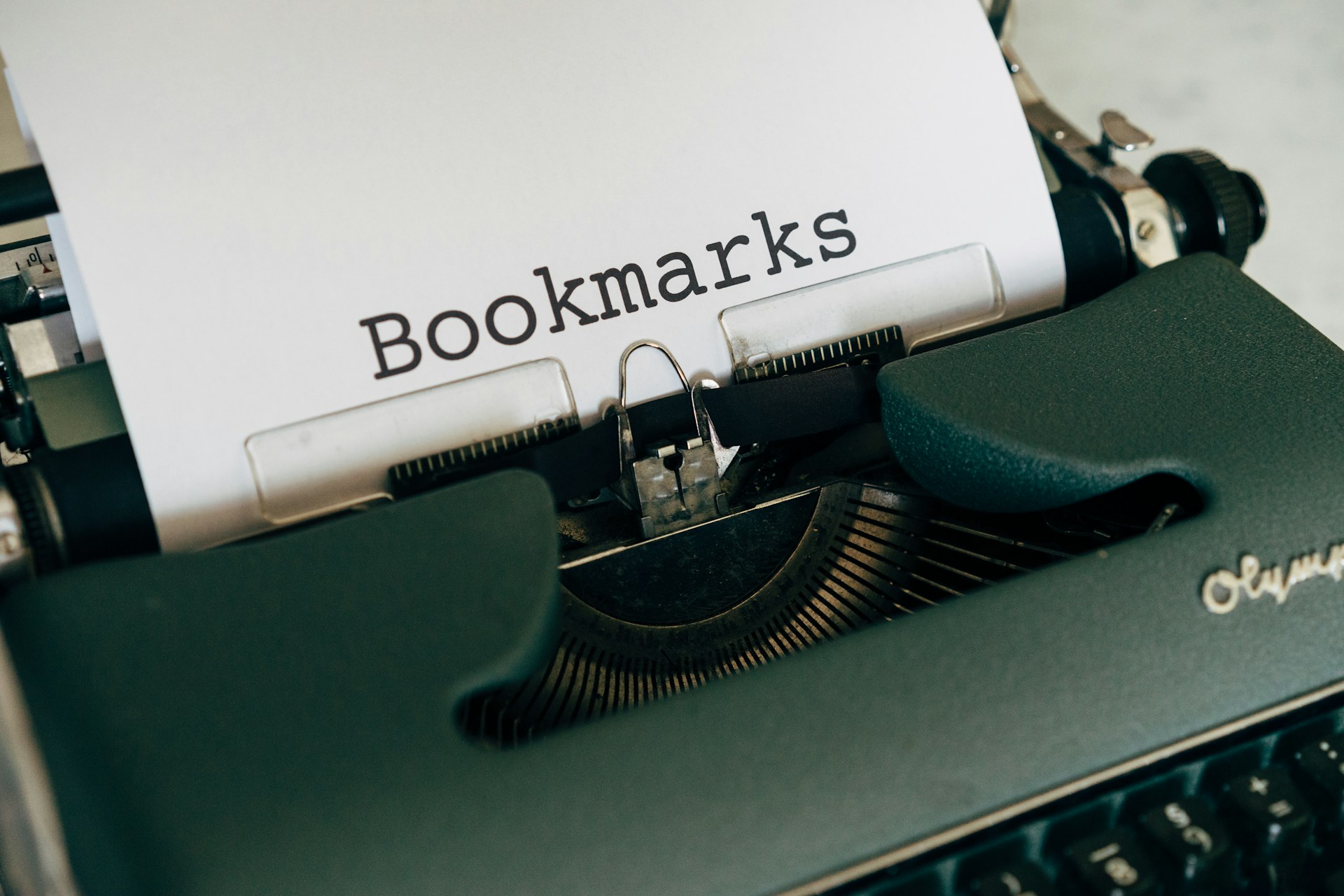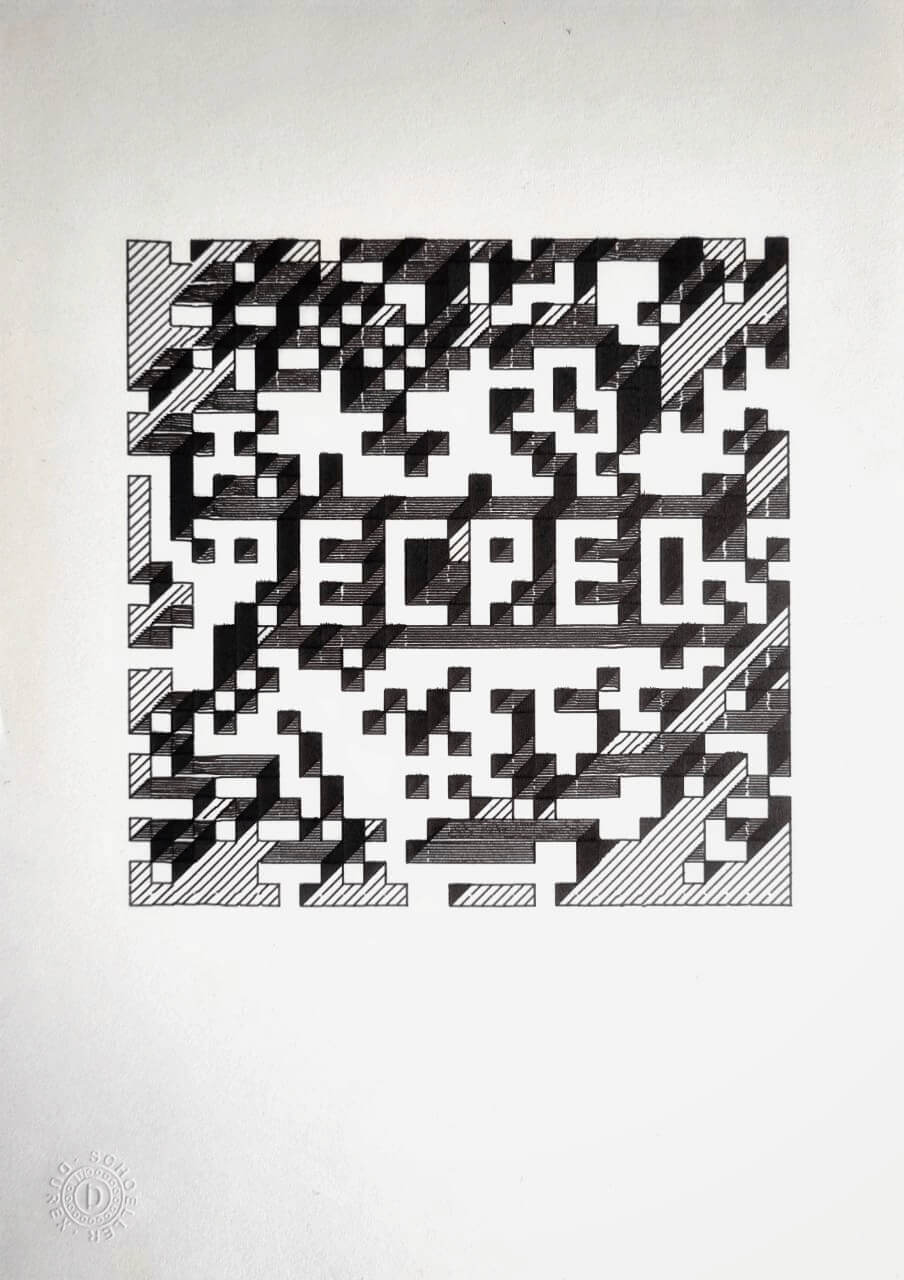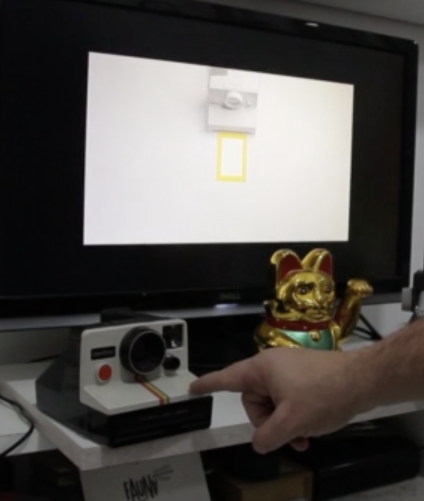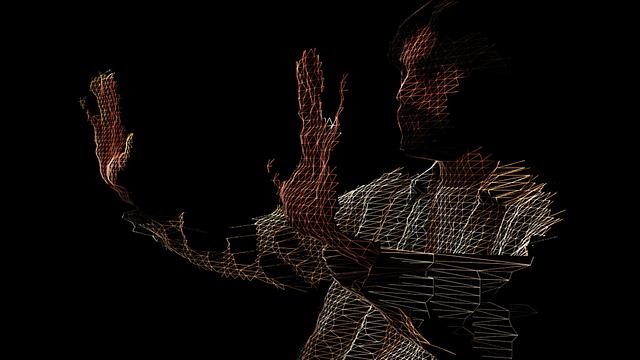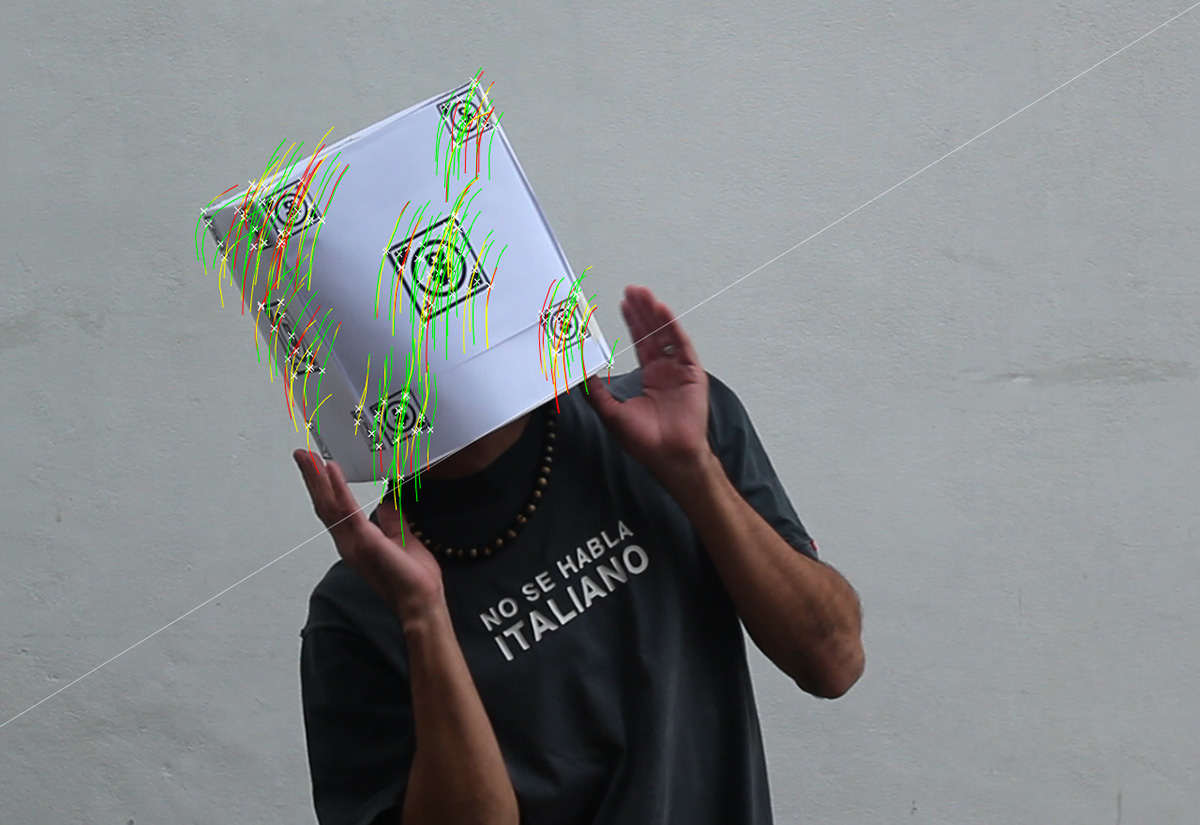
Locomotion
Photography is truth. And cinema is truth 24 times per second
Jean Luc Godard
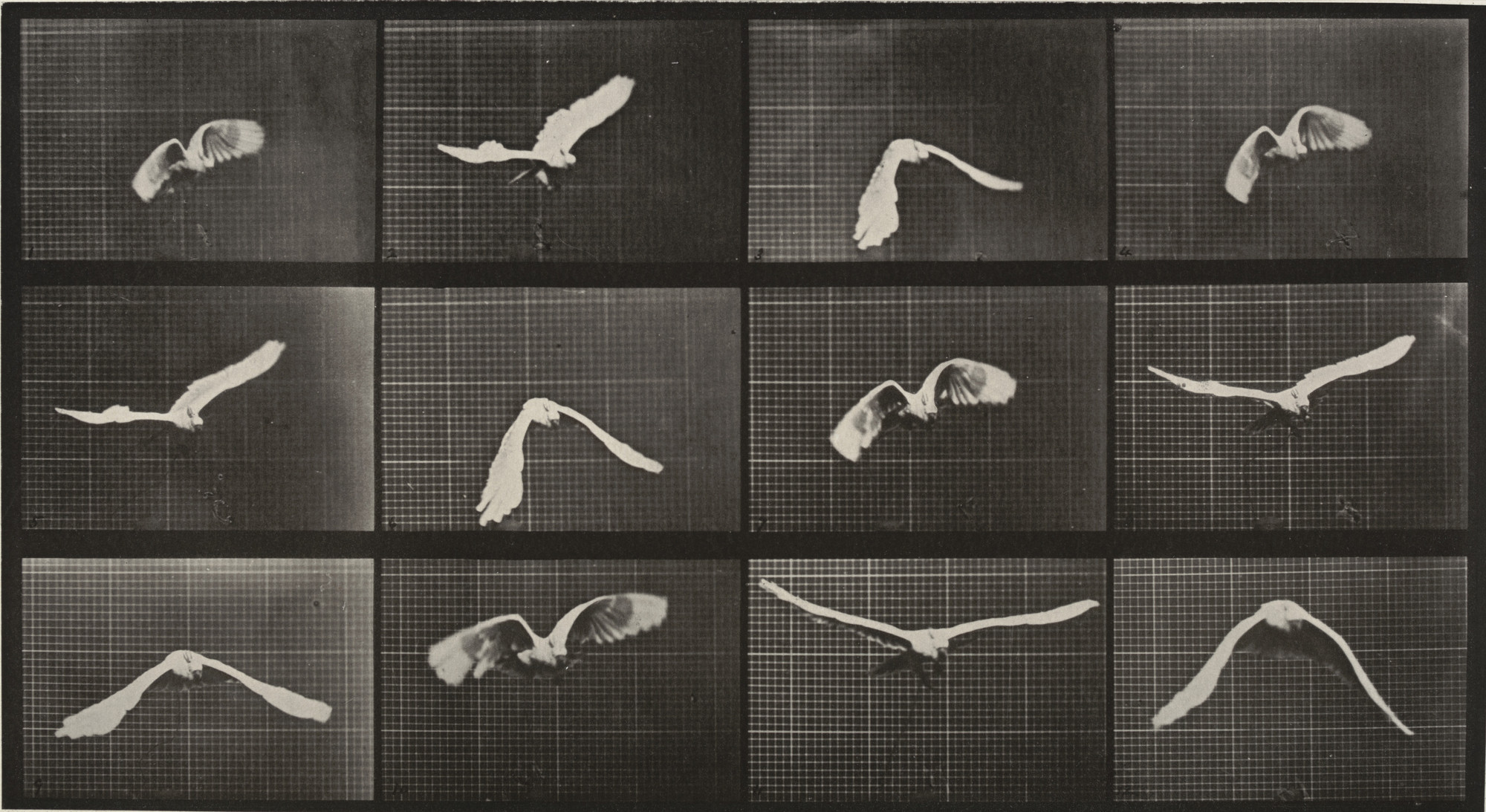
Eadweard Muybridge, a seminal figure in the history of photography, made groundbreaking contributions to the study of motion. His meticulous photographic studies in the late 19th century captured sequences of movement, laying the foundational stones for the development of cinema. Muybridge’s work, notably his series “Animal Locomotion”, provided unprecedented insights into how living beings move. By photographing subjects in successive stages of motion, he revealed the intricate details of actions as varied as a horse galloping or a person walking, which were previously imperceptible to the naked eye.
In “Locomoción,” users break down Muybridge’s iconic clips into individual frames and navigate them using their bodies as controllers. By moving around the stage, each step advances or rewinds the frames, creating a tactile connection with the motion captured over a century ago. This installation merges art and technology to foster new forms of engagement and understanding, transforming spectators into active participants. Using a Microsoft Kinect sensor, I tracked users’ positions in real-time, mapping their movements to the frames and enabling seamless interaction between their physical actions and the visual output.
Building on Muybridge’s legacy, this art and technology installation explores an immersive experience that allows users to engage with these historical photographic studies in a dynamic, interactive manner. This installation transforms the way spectators interact with images, urging them to leave the passive comfort of their chairs and become active participants.
This project was developed as part of a school assignment.
